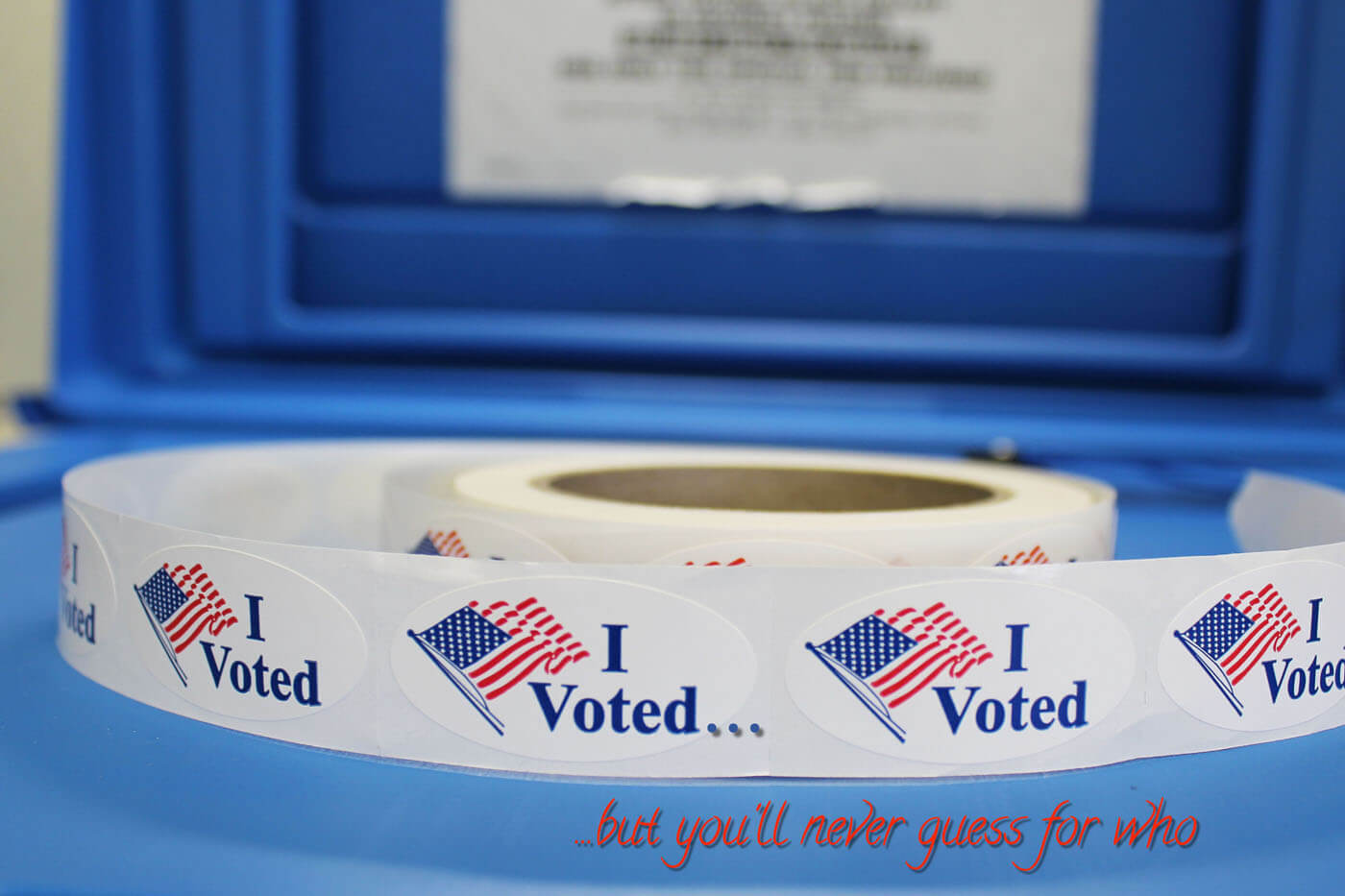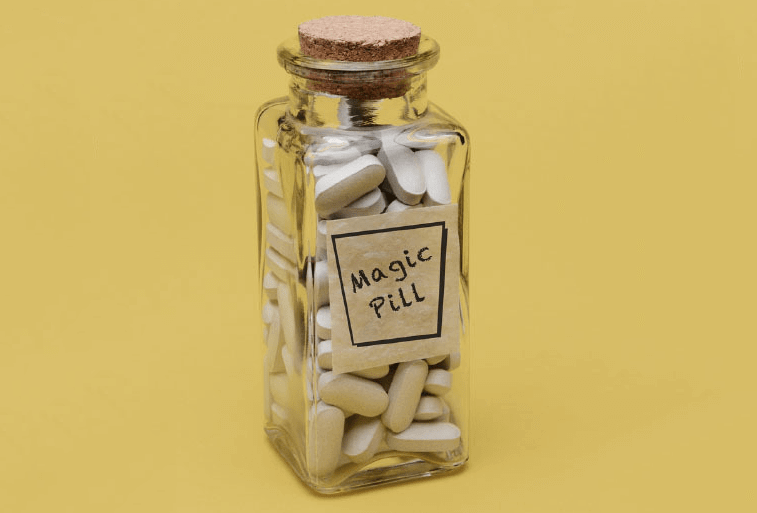Tag: Healthcare
-
Are DTC TV Ads "Scaring" Patients?
A recent BBC article (“Medicine Information Leaflets ‘Too Scary’ says Experts”) illustrated how word choice and framing of side effects on drug inserts may sway patients towards not taking their medication. But why? The Academy of Medical Sciences report, which…
-
When Humans Thrash
In computer science, thrashing occurs when the process of data transfer prohibits the execution of operations. When your computer is thrashing, it’s perceived as slow, sluggish, on the verge of crashing. Remember when you tried to open that PDF on…
-
Talking Taboo: Opioid Abuse on the Rise
The “opioid epidemic” is a growing problem in the United States. The state of Virginia declared a public health emergency relating to abuse of such substances, Google search data shows a higher rate of searches for the heroin treatment Suboxone…
-
Social Desirability and The Donald
Very few people saw this coming. You could argue that undecided, silent voters are to blame, or maybe it’s the “overconfidence” of the Democratic party. Sure, those were factors, but it could also be a bit of a chicken and…
-
The Power Behind Hope: Magic versus Miracle
What is the “magic pill”? Does it exist? The (very) short answer is no. But don’t worry- “miracle pills” might! So what’s the difference between a magic pill and a miracle pill, and how do doctors and patients feel about…





